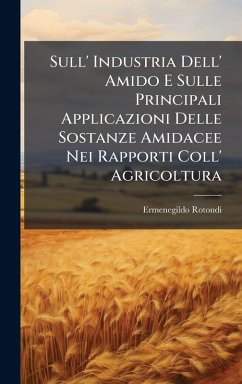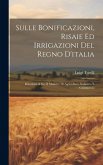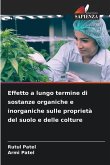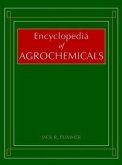Sull' Industria Dell' Amido E Sulle Principali Applicazioni Delle Sostanze Amidacee Nei Rapporti Coll' Agricoltura, written by Ermenegildo Rotondi and published in 1887, explores the starch industry and the applications of starchy substances in relation to agriculture. This detailed work delves into the production and utilization of starch, examining its various forms such as dextrin, glucose, maltose, cerealose, and its role in alcohol production. Rotondi's treatise provides a comprehensive overview of the industrial processes involved in starch manufacturing and its significance within the agricultural sector. This historical text offers valuable insights into the scientific and technological practices of the late 19th century, making it an essential resource for researchers, historians, and anyone interested in the evolution of agricultural and industrial chemistry. This work has been selected by scholars as being culturally important, and is part of the knowledge base of civilization as we know it. This work was reproduced from the original artifact, and remains as true to the original work as possible. Therefore, you will see the original copyright references, library stamps (as most of these works have been housed in our most important libraries around the world), and other notations in the work. This work is in the public domain in the United States of America, and possibly other nations. Within the United States, you may freely copy and distribute this work, as no entity (individual or corporate) has a copyright on the body of the work. As a reproduction of a historical artifact, this work may contain missing or blurred pages, poor pictures, errant marks, etc. Scholars believe, and we concur, that this work is important enough to be preserved, reproduced, and made generally available to the public. We appreciate your support of the preservation process, and thank you for being an important part of keeping this knowledge alive and relevant.
Bitte wählen Sie Ihr Anliegen aus.
Rechnungen
Retourenschein anfordern
Bestellstatus
Storno








